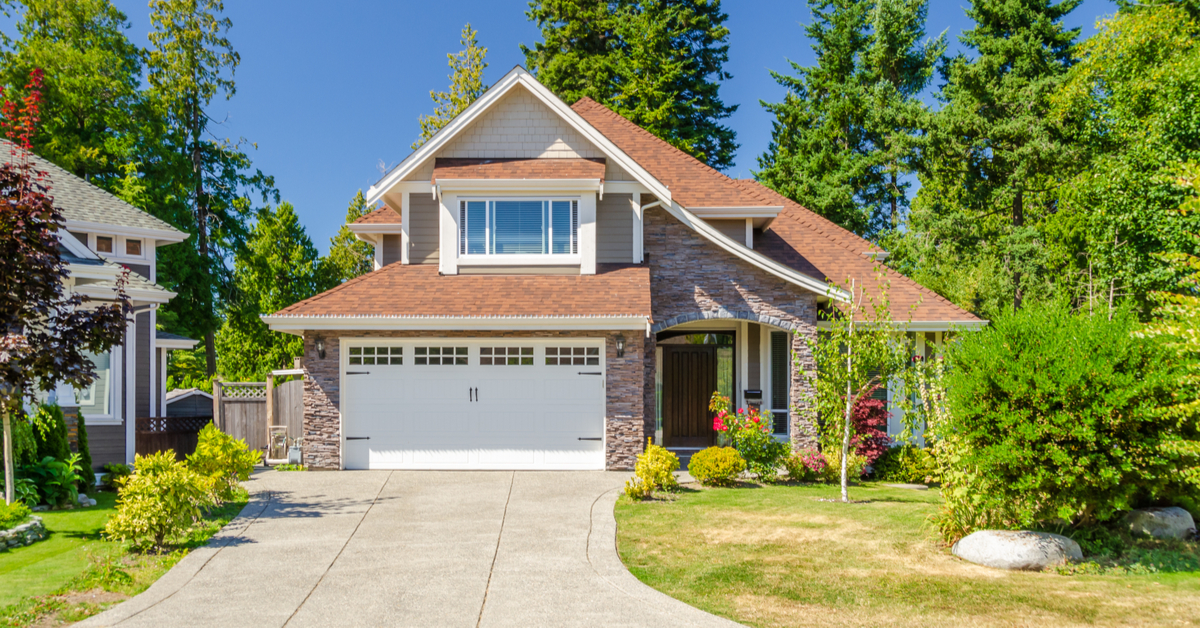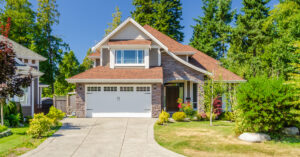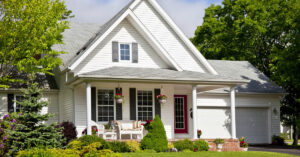The value of a square foot of residential property in the suburbs has surpassed that of a square foot in urban centers, according to a recent report from Redfin.
Nationwide, the typical home in a suburban neighborhood was worth $206 per square foot during the four-week period ending Sept. 25, per Redfin’ data. That’s slightly more than the $205 per square foot for homes in urban neighborhoods during the same time frame, marking the first time since Redfin began tracking in 2018 that suburban square footage cost more than urban space.
While home price growth is slowing broadly all over the country, deceleration is thus far most prominent in urban areas compared to others. Price per square foot in urban neighborhoods, for example, grew by 3.5% annually in September. That’s still a gain compared to the annualized growth rate in September 2021 but substantially below the peak growth rate earlier in the pandemic. And it is handily eclipsed by the 9.5% year-over-year growth in suburban neighborhoods, not to mention the 8.4% growth rate in rural areas.
Home price growth also is deflating fastest in urban zones. Redfin reported that, during the four weeks ending Sept. 25, the typical urban home sold for $310,000, up 2.7% annually, while the typical suburban home sold for $385,000, up 6.6% annually. Part of the cause for the slowdown is simple, said Redfin senior economist Sheharyar Bokhari: Urban home prices rose very sharply last year.
“Urban home prices soared in 2021 as homebuyers gravitated back to city centers as the pandemic waned and affluent Americans – motivated by record-low rates – decided they wanted the best of both worlds: homes with plenty of space for working from home but located in walkable areas near shops and restaurants,” Bokhari said. “Today’s buyers can’t afford everything on their wish list, so many are prioritizing space over walkability.
“Urban neighborhoods will likely see prices – and price per square foot – fall on a year-over-year basis before suburbs and rural areas,” he continued. “House hunters may want to shift their search to urban neighborhoods, where they may find lower prices to help counteract the costliness of today’s mortgage rates. And now that space is just as valuable in the suburbs, it’s less likely that they’ll sacrifice space.”





